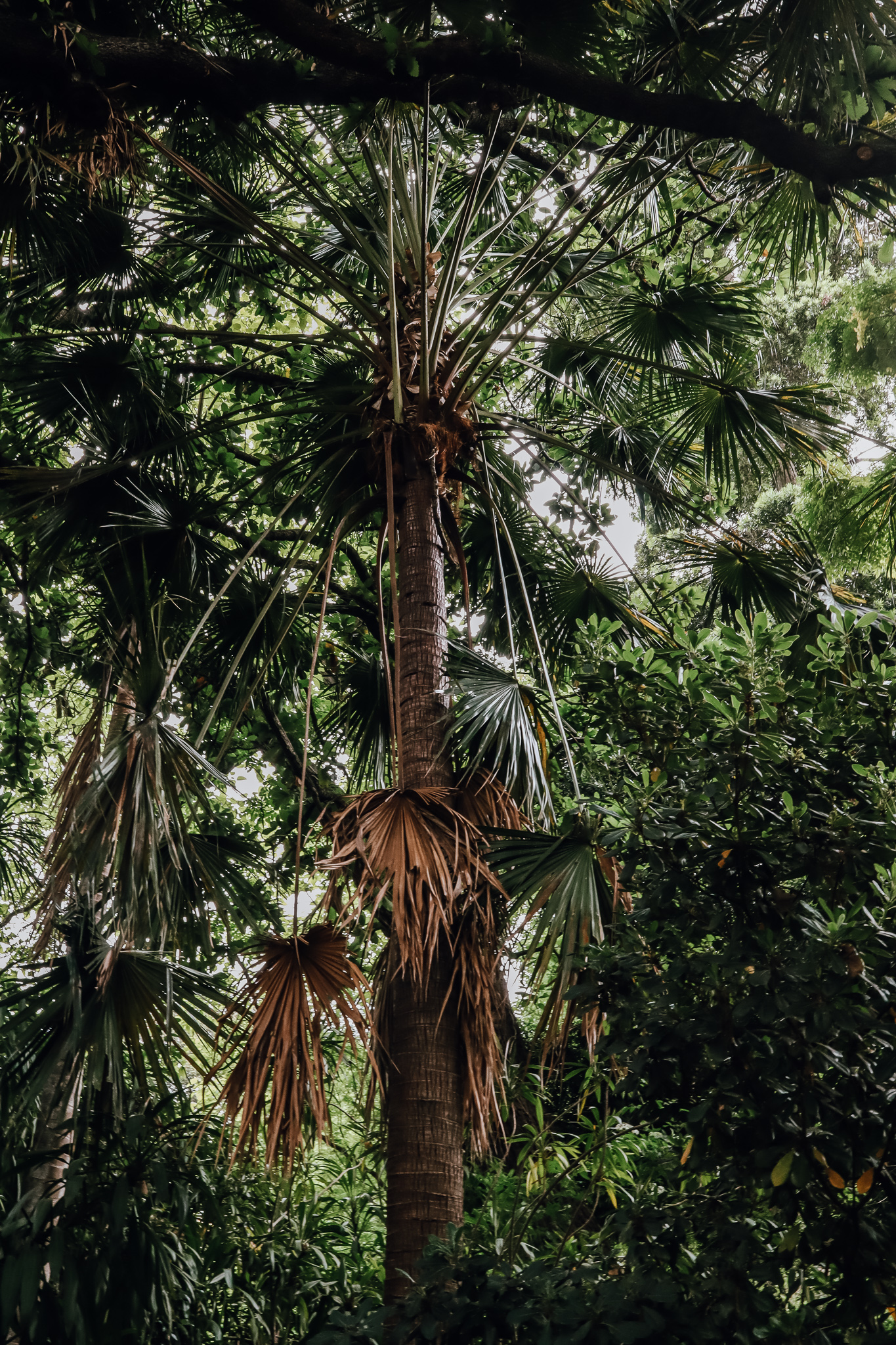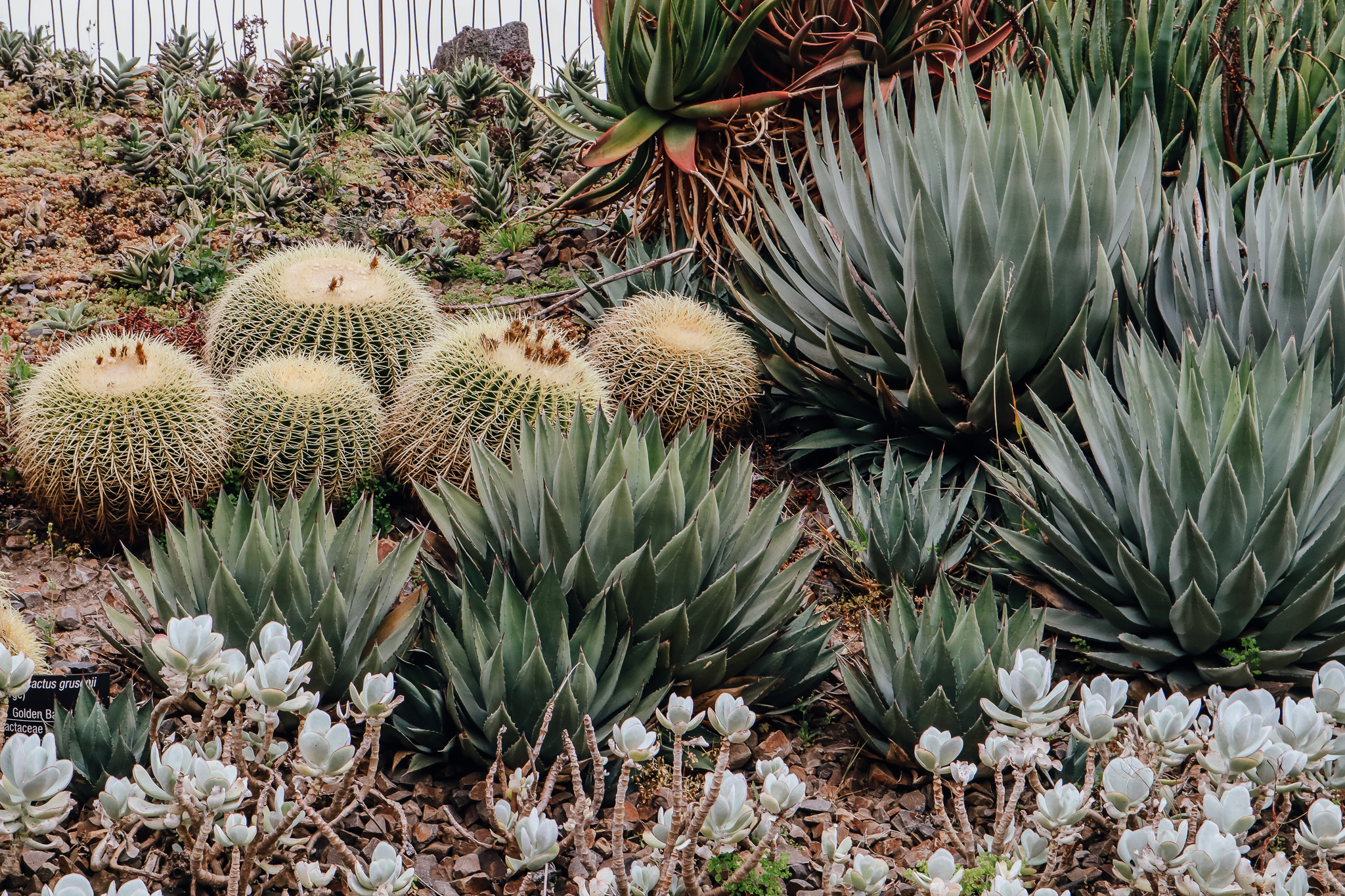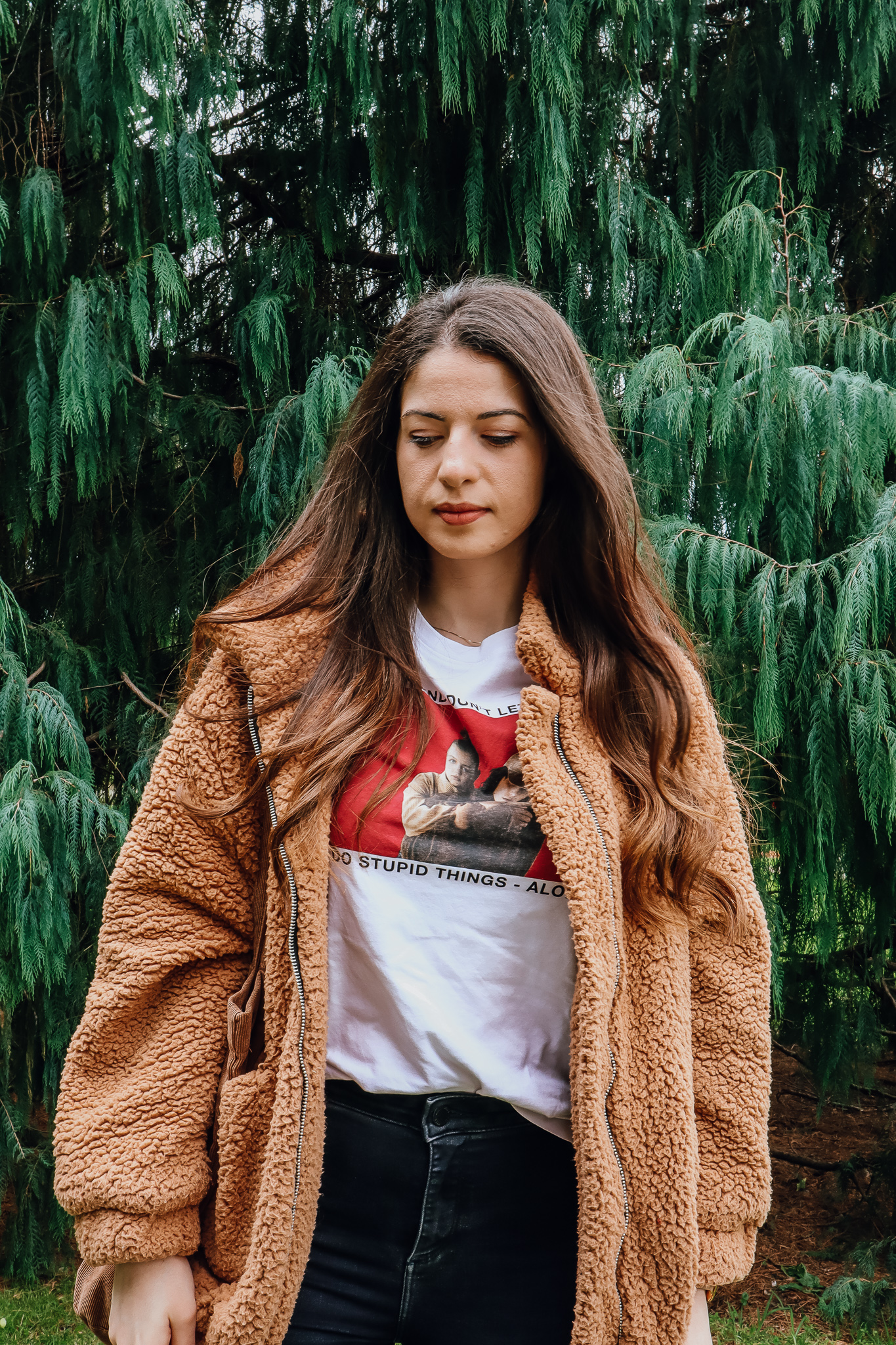One of the most famous characteristics of Australia, to the eyes of who’s never been there, it’s definitely its strange and unique flora & fauna. Truth is, if you don’t go visit the inland and decide to stay in the city, you won’t find it too different to what you’re used to look at.
Thankfully, there’s a way for you to have a taste of the wilderness without having to ever leave Melbourne, and that is the Royal Botanic Gardens of Victoria.
TABLE OF CONTENTS
- What are the Royal Botanic Gardens?
- Native vegetation and the Separation Tree
- Ferdinand Von Mueller, botanist and explorer
- Activities and biodiversity data
- Save post for later

WHAT ARE THE ROYAL BOTANIC GARDENS?
The Royal Botanic Gardens of Victoria are huge gardens that spread across two cities in the State of Victoria: Melbourne and Cranbourne.
The Melbourne Gardens extend across 38 hectares and display around 8.500 different species of plants. That is just species. The actual number of individual plants is of almost 50.000, divided into 30 different collections.
And you wanna know what’s the sad thing? Out of all those plants, only a bunch of them are actually native from Australia.

Founded in 1846, the Royal Botanic Gardens in Melbourne were originally intended to be a horticultural exhibition open to the public. For this very reason, people like Ferdinand Von Mueller, its first director, created the National Herbarium of Victoria and started bringing in many plants from the rest of the world.
A few years later another of its directors, William Guillfoyle, thought it was a good idea to bring into the Gardens more tropical and temperate plants.


NATIVE VEGETATION AND THE SEPARATION TREE
Now, I know at the time they all believed that to showcase different species of plants from around the world was interesting and exciting, but this also meant that the native vegetation almost disappeared to leave space to the non-native one. Sad, don’t you think?
Despite all this, a few large eucalypts remained, including the famous Separation Tree.
The Separation Tree was a 300 year-old Eucalyptus camaldulensis, commonly known as Red River Gum. The Red River Gum is an iconic tree native of Australia that can be found mainly across inland Australia, there to provide shade in the extreme temperatures of central Australia.
The Separation Tree has had a big impact on the lives of people in Victoria, so much that when in 1850 the State became a separate colony to New South Wales, celebrations were held under this very tree.
Then, in 2010, the Separation Tree was attacked by vandals. Then again in 2013 and, in the arch of a couple years, the Tree was dead and the decision was taken to remove it from the Gardens.

FERDINAND VON MUELLER, BOTANIST AND EXPLORER
As I mentioned earlier, the Royal Botanic Gardens of Victoria found its first director in Ferdinand Von Mueller, a chubby German guy who devoted his life to adventure and discovery, in particular of new species of plants.
Raised from an early age from his grandparents, Von Mueller found his path in chemistry and botany very soon in life. What’s surprising is that he only moved to Australia because of his sister, who had a health condition that required her to live in warmer places. They had recently heard of Australia from another famous botanist and so they decided to give the unknown continent a try.
I am not here to give you a history lesson about Ferdinand Von Mueller, but what I want you to know is that he had always been an avid traveller and adventurer just like many of us.
On his way to Australia, he discovered the first species of plants by literally fishing them out of the water from the boat.
Once there, he embarked in what we would today call backpack solo travels to Mount Arden and Mount Brown, in the same year.
When he finally moved to Melbourne, with the intention of opening a chemist shop, word about his botanic discoveries had started to spread around the State.

In 1853, he was appointed Government Botanist for Victoria and embarked on an expedition around the State of 2400km in search of new vegetation species.
He established the National Herbarium of Victoria and transferred his personal library to the Gardens for research purposes.
The apprehensive studies and several expeditions by Mueller were fully appreciated until 1873, when influential Melburnians thought a more aesthetic approach to the Gardens was needed and replaced him as director of the Royal Botanic Gardens.
That is when the Gardens lost most of Australian native vegetation to make space for a more interesting variety of plants to the eye of the citizens.


ACTIVITIES AND BIODIVERSITY DATA
Even if The Royal Botanic Gardens of Victoria in Melbourne are today hosting more non-native vegetation than the Australian one, they are still an extremely interesting site for you to visit when you’re in the city.
The Gardens are free to enter, but if you want a more inclusive visit they offer plenty of free and non-free activities throughout the year. Choose from the Sonica Botanica self-guide experience through sounds, the kids focused The Explorer, the guided wellbeing experience Forest Therapy or, my personal favourite, The Aboriginal Heritage Walk with a true Aboriginal guide to the discovery of Australian original culture before the European influences.

If what you’re looking for is to know more about Australian flora, I can offer you a couple different options that might be of great interest to you:
1 – You might want to consider visiting the Royal Botanic Gardens of Victoria in Cranbourne, that focus solely on Australian native plants
2 – The Atlas of Living Australia is an online encyclopaedia with open access to all Australia’s biodiversity data. Have fun!
The gardens look beautiful. Hopefully I’ll have an opportunity to visit sometime.
They really are fascinating, I hope you’ll get to see them!
The Separation Tree is stunning. Your photos are great and absolutely do justice to this amazing garden.
Thank you, I’m glad I could capture with my camera even just a small part of the garden to be able to share it.
This is gorgeous! We love the close-up shots of all the beautiful plants.
Thank you, I’m so happy you like them!